Walking into a wine shop might be an overwhelming and intimidating experience if you don’t know what you want. Well, it’s high time you say goodbye to those days because you will soon know everything there is to know about wines, especially dry vs. sweet wines!
Introducing Dry And Sweet Wines
One of the most beautiful features of wines is the variety they have. There are just so many wines out there that you might not even know where to start.
How does one differentiate wines that fall in the dry and sweet categories? Once you know what makes them different, it will be easier for you to tell which wine to drink.
You can’t tell the difference between dry and sweet wines from afar. However, upon closer inspection, you will see the distinctions. You might find them on the labels or after taking a sip of the wine.
Perhaps one of the most notable differences between these wines is the amount of residual sugar. You will have a more in-depth look into this when you learn more about how these wines are made.
The average alcohol content of wines falls between 11% to 13%. However, it’s normal to see either dry or sweet wine with lower or higher ABVs than this. And white and red wines can either be dry or sweet.
|
Dry Wine |
Sweet Wine |
|
|
Residual Sugar |
0 to 11 g/L |
35 g/L and up |
|
Average Alcohol Level |
11% to 13% |
11% to 13% |
|
Tannins |
Yes |
Yes |
How Are Dry And Sweet Wines Made?
We have learned through history how people have been making wines since ancient times. The practice of winemaking continues, albeit with some modern touches.
Each winemaker has a distinct or signature style that they add to their winemaking. But for the sake of this discussion, let’s try covering the basics. How are the dry and sweet wines produced?
Harvesting Hour
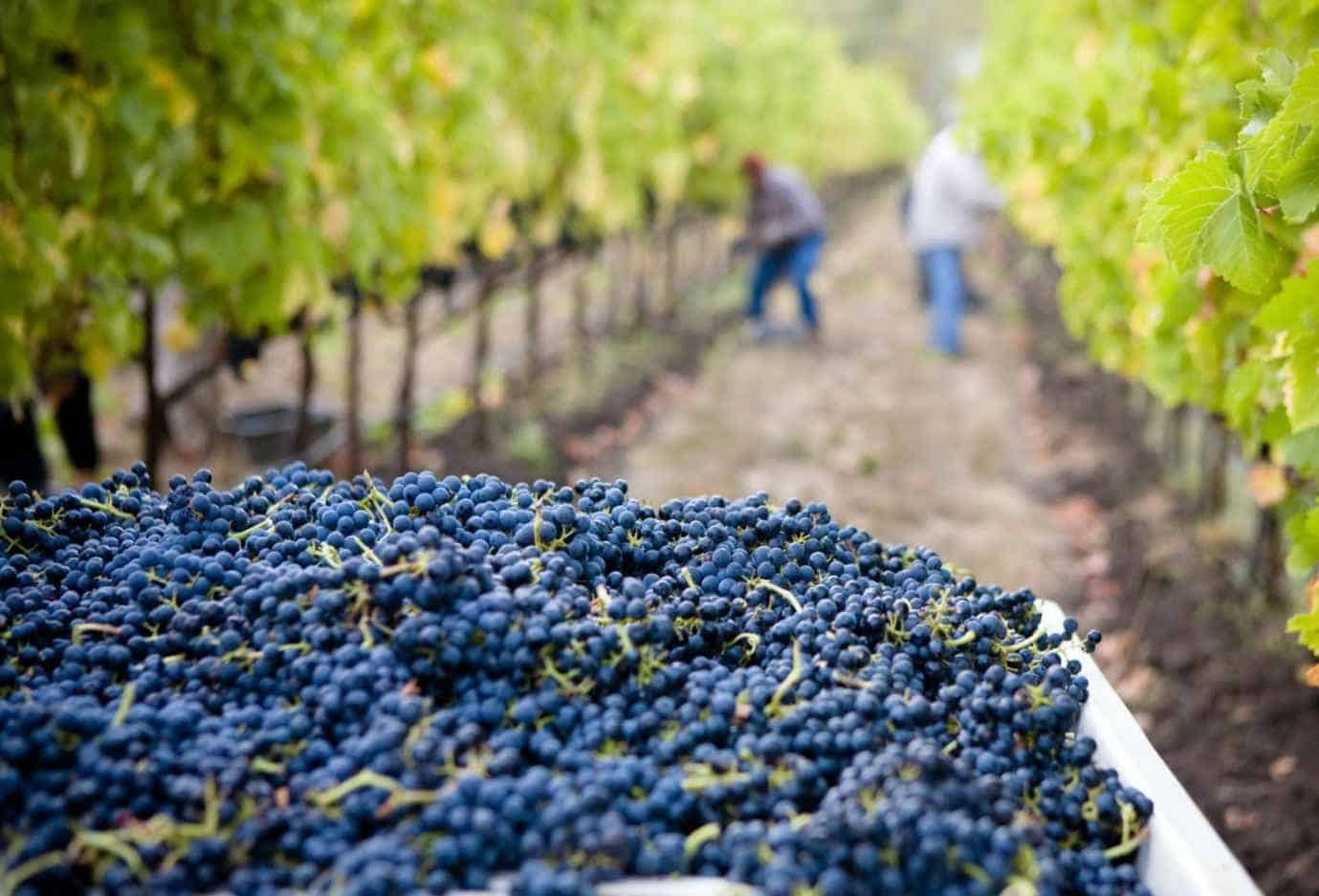
An expert winemaker has mastered the lifecycle of their grapes. They know when to plant, grow, and harvest the different grape varieties.
The first step in making wines involves harvesting the grapes when they are ready. Some grape species tend to be sweeter than others, affecting the flavor profile of the wine. If, for example, you are making sweet wine, it only makes sense to go for the very ripened grapes.
Crush And Press Those Grapes
Depending on the type of wines they are trying to produce, some winemakers leave the grape skin on during the crushing and pressing process.
Traditional wine making involves crushing the grapes by stepping on the berries. But some would opt to use crushing machines, especially if they are dealing with large grape quantities and commercial production.
Fermenting Like no Other
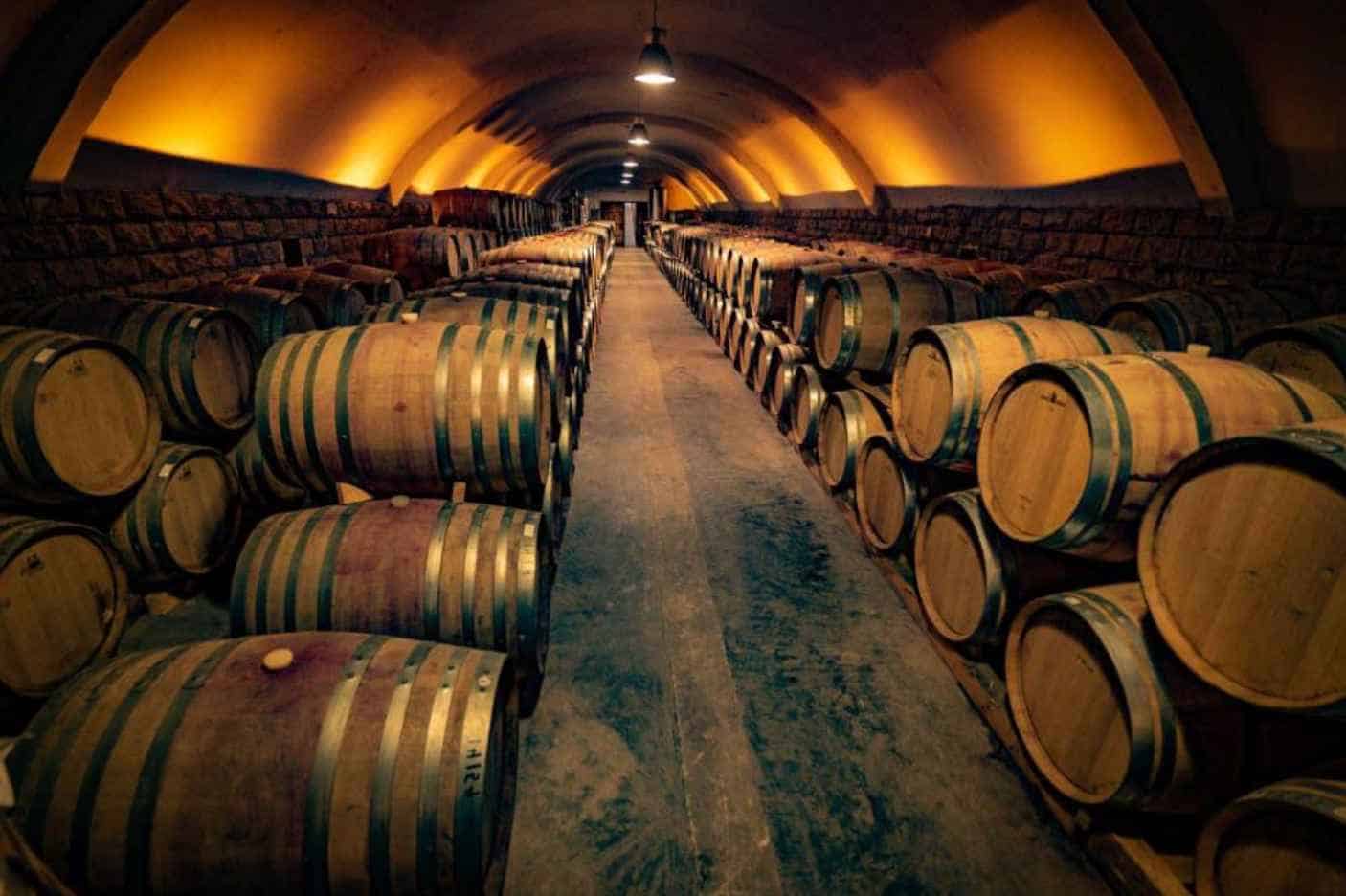
When the crushing and pressing produce the must, it’s fermentation time. During this process, the winemakers add yeast to the grape juice. It helps convert sugar content into alcohol.
The fermentation period depends on whether you are producing a dry or sweet wine. Do note that there might be other factors that can affect wines, such as temperature.
Fermentation of wine might take time. It could be days or weeks. In some special cases, some wines take months or years to ferment.
When there is little to no residual sugar left, that’s when you know you have a dry wine in front of you. For sweet wines, the fermentation period is usually shorter since you don’t want the yeast to eat up all the sugars in the wine.
One of the most reliable ways of figuring out how much residual sugar is left is by using a hydrometer and a refractor to measure the Brix level.
Bottle And Age ‘Em
After fermenting the wine according to preference, the next step involves the removal of impurities like yeast residue and other elements.
After the clarification and stabilization processes, the wines are ready to be bottled and aged. Similar to fermentation, some wines undergo a longer aging process than others.
What Are The Kinds Of Dry Wine?
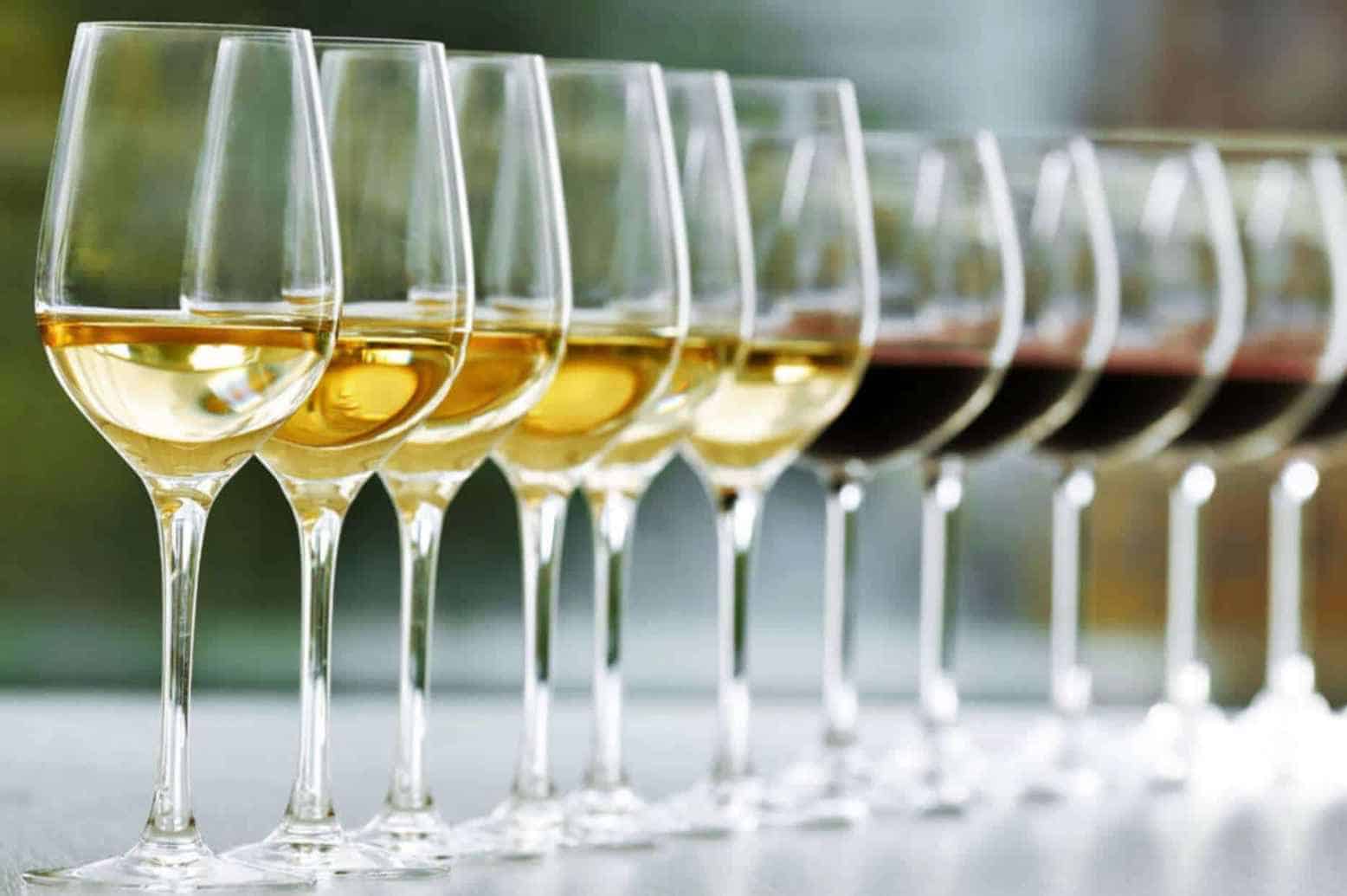
As you might have learned by now, the less residual sugar there is the dryer the wine. This is where we talk about the different kinds of dry wines. If you prefer dry wines, then this is something you should know.
|
Dry Wine |
Residual Sugar Content |
Flavor Profile |
|
Bone Dry |
1 g/L or less |
Immensely dry, No hint of sugar |
|
Dry |
1-10 g/L |
Crisp and acidic |
|
Off-dry |
10-30 g/L |
Dry with hints of sweetness |
What Are The Different Sweet Wines?
Some people can’t seem to handle the dryness of wines. Hence, they opt for the opposite. If you don’t mind some sugar in your wine, then go for it. However, since we are talking about sugar in wines here, you have to do it in moderation.
|
Dry Wine |
Residual Sugar Content |
Flavor Profile |
|
Bone Dry |
1 g/L or less |
Immensely dry, No hint of sugar |
|
Dry |
1-10 g/L |
Crisp and acidic |
|
Off-dry |
10-30 g/L |
Dry with hints of sweetness |
Perfect Food Pairing For Dry And Sweet Wines
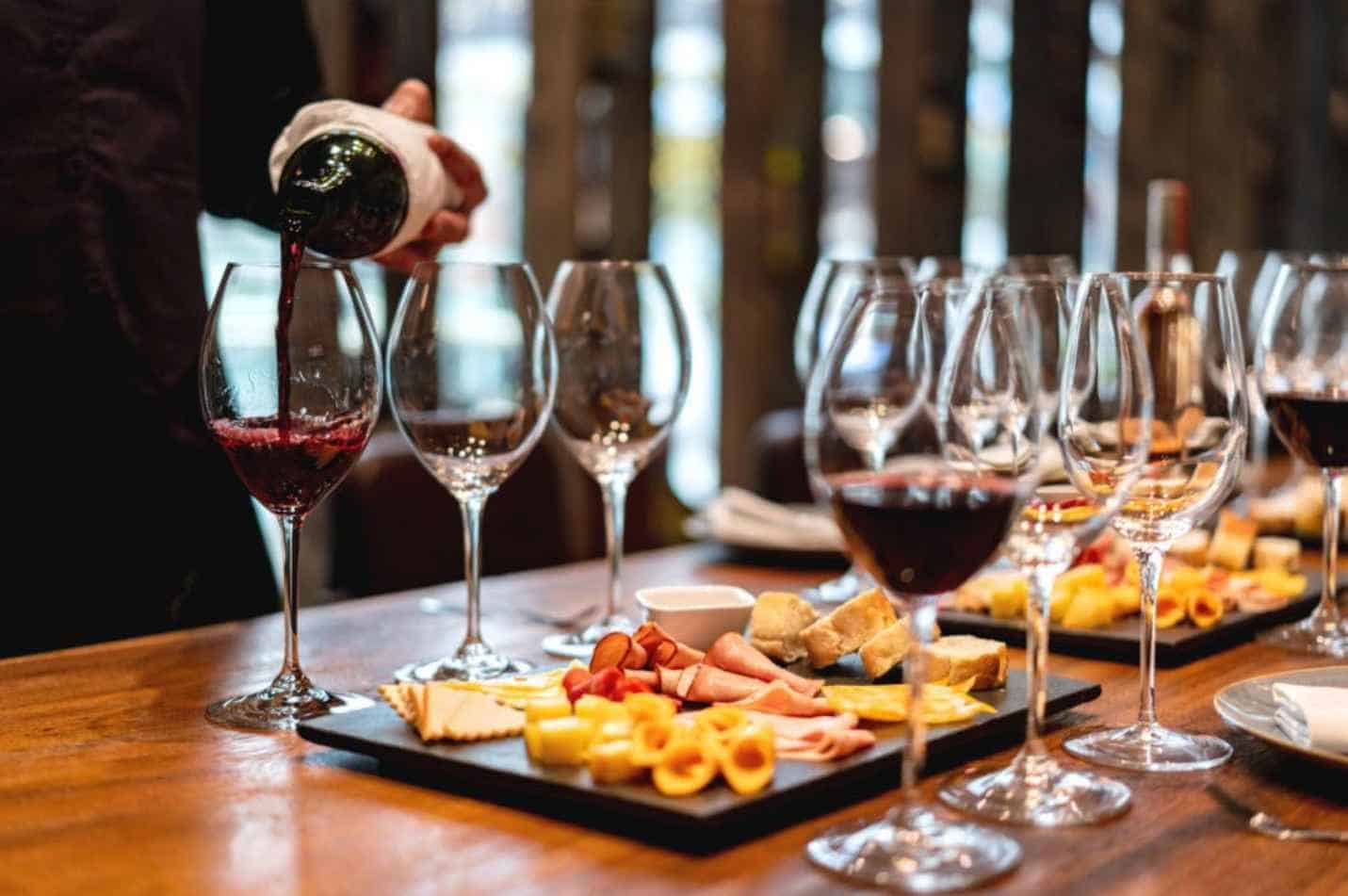
If you want to make your food even more special, don’t be afraid to pair it with wine. There’s nothing quite like the combination of appetizing dishes and good bottles of wine.
If you are having a hard time figuring things out, here are some food suggestions that would best work with your dry and sweet wines:
Dining And Dry Wines
If you are a meat lover, then you would be happy to know that most dry wines, especially the red ones, pair perfectly with different meats. Whether it’s red or white meat, there’s a dry Cabernet Sauvignon you can try.
Rich and flavorful dishes made with fish, lobster, and other seafood are also great with dry white wines. There’s a bonus point if they happen to be spicy food too! If you love a good barbecue meal, then you deserve a great bottle of dry wine along with it!
Savoring Sweet Wines
Do you want to know one of the best food pairing tips out there? Well, if you have something salty, one of the best ways to balance that powerful flavor is to pair it with a sweet wine. You will be blown away by the explosion of flavors once you try this!
The combination of a sweet dish and a sweet beverage might be too much for some people. But if you can handle it, then there’s nothing wrong with it. If you also have something rich or tart, pairing it with a sweet wine would elevate the flavors.
Taste Test: Best Dry And Sweet Wines In The Market
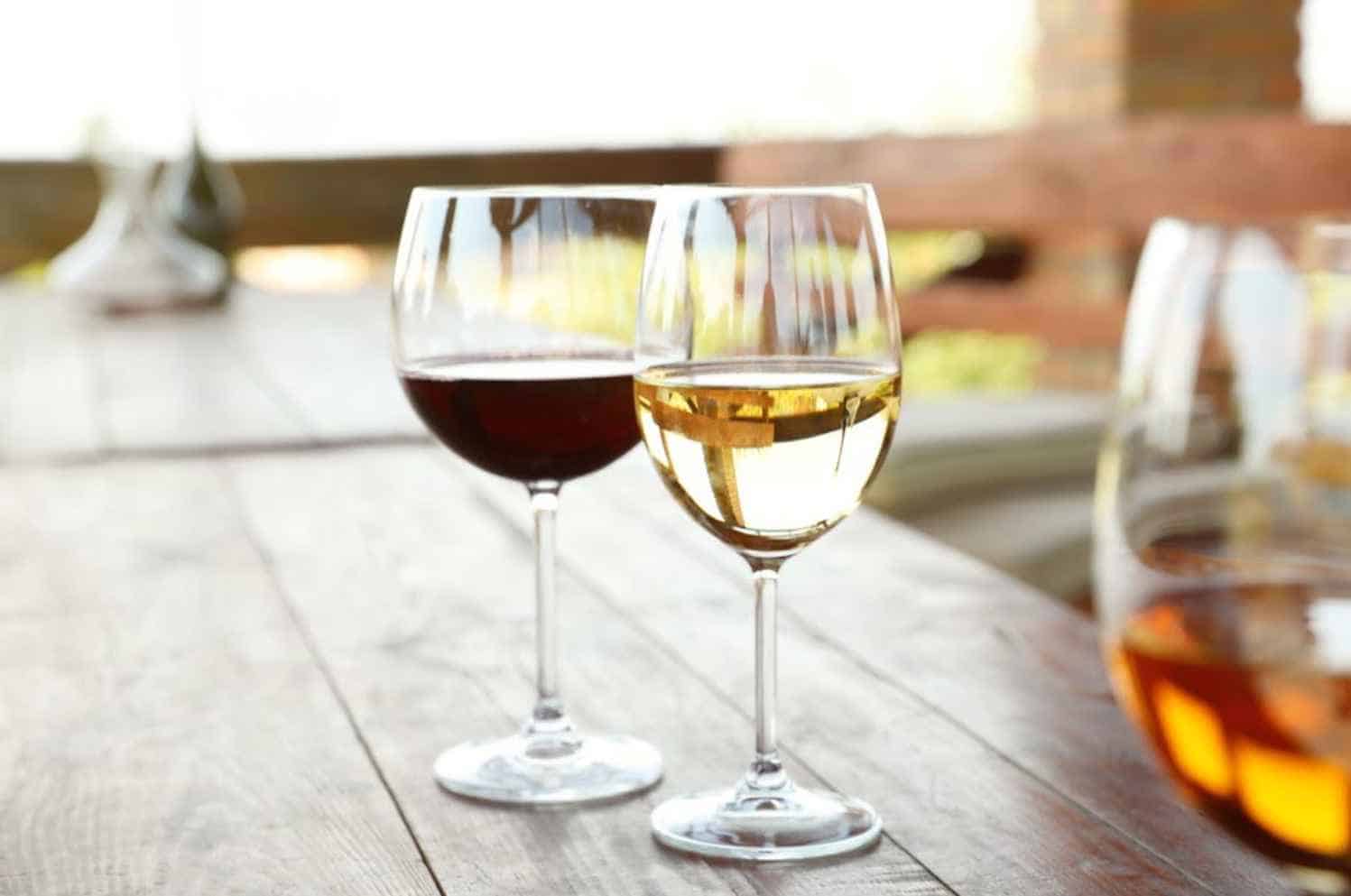
There’s one misconception about dry and sweet wines that a lot of people make. They think dry wines are synonymous with the dry sensation you taste and feel right after drinking wine. This is not correct. That dryness in your mouth has something more to do with the Tannin level of wines.
Now that you know that, here’s something you will love. If you are on the lookout for some of the finest dry and sweet wines from both the Old and New worlds, here’s a guide for you. The more dry and sweet wines you taste, the better you get in differentiating them!
Best Dry Wines
|
Wine (Origin) |
Alcohol Level |
Profile |
|
Viña Tarapacá Gran Reserva Cabernet Sauvignon (Chile) |
14% |
● Hints of dark berries ● Medium Body ● Pairs well with red meat |
|
E. Guigal Côtes du Rhône Rouge (France) |
13% |
● Full Body ● Hints of Red Fruits ● Aromatic |
|
Chateau St. Jean Fume Blanc (United States) |
13.6% |
● Light Body ● Crisp and Pale ● Dry and Strong |
|
Bourgogne Cuvée Saint-Vincent Blanc (France) |
13% |
● Notes of Citrus and other fruits ● Dry with Mild Acidity |
Superb Sweet Wines
|
Wine (Origin) |
Alcohol Level |
Profile |
|
Santa Julia Tardío Late Harvest (Argentina) |
13.5% |
● Aromatic and Fruity ● Medium body and smooth |
|
La Cigarrera Pedro Ximénez Sherry (Spain) |
18% |
● Full Body with Dried Fruit Notes ● Very Smooth |
|
Feudo Montoni Passito Rosso Terre Siciliane IGT (Italy) |
14% |
● Notes of Chocolate ● Dark Red color |
|
Melanie Pfister Cuvée 8 (France) |
13.2% |
● Fruity especially citrus notes ● Crispy, Juicy, and Fresh |
These are just some of the outstanding dry and sweet ones we could find. There are so many wineries offering the same exceptional wines. However, if we had to go through each one of them, we would be here all day long!
If you decide to get one or more bottles of wine mentioned here, please drink responsibly. There is no doubt all of these wines are superb but you should also know your limits! Don’t forget to savor every drop of these dry and sweet wines!
Always Winning With Wines
When we talk about dry VS sweet wine, it’s not about pitting them against each other. It’s all about celebrating these wines and embracing everything they are about! Whatever wines you choose, those are going to elevate whatever drinking or dining experience you have!

George Moore, co-founder of Wine Flavor Guru, is a charismatic entrepreneur with a rich background in California’s wine industry. Alongside Sylvia, he transformed a Sonoma County vineyard into a source of premium wines. George’s expertise in sourcing exceptional grapes and his approachable style make wine appreciation both accessible and engaging.
